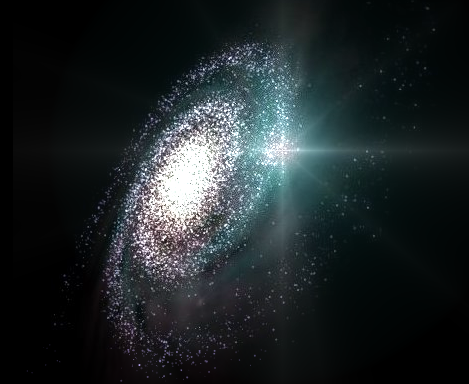We reach more than 65,000 registered users in Dec!! Register Now

Lasers help recreate supernova explosions in lab
- June 24, 2014
- 1031 Views
- 0 Likes
- 0 Comment
Re≠search≠ers are using la≠sers to rec≠re≠ate at a small scale what hap≠pens when stars explode. The su≠per≠no≠va blasts, trig≠gered in var≠i≠ous ways with≠in dy≠ing stars, launch a shock wave that sweeps through vast reaches of space from the burst≠ing star. But not all such ex≠plo≠sions are alike. Some, such as Cas≠si≠o≠pe≠ia ...
Re≠search¬≠ers are using la¬≠sers to rec¬≠re¬≠ate at a small scale what hap¬≠pens when stars explode.
The su­per­no­va blasts, trig­gered in var­i­ous ways with­in dy­ing stars, launch a shock wave that sweeps through vast reaches of space from the burst­ing star. But not all such ex­plo­sions are alike. Some, such as Cas­si­o­pe­ia A which lies 11,000 light years from the Earth (a light-year is the dis­tance light trav­els in a year), show puz­zling, ir­reg­u­lar shapes made of knots and twists.
The new work is be­ing car­ried out at the Vul­can la­ser facil­ity in the U.K., op­er­ated by the Sci­ence and Tech­nol­o­gy Facil­i­ties Coun­cil, a publicly-funded U.K. re­search or­gan­iz­a­tion.
A research team led by Uni¬≠vers¬≠ity of Ox¬≠ford scientists used the facil¬≠ity to in¬≠ves¬≠t¬≠i¬≠gate what might cause these pe¬≠cu¬≠liar shapes. The team fo¬≠cused three la¬≠ser beams on¬≠to a car¬≠bon rod, not much thicker than a hair, in a cham¬≠ber filled with a thin gas. The enor¬≠mous amount of heat gen¬≠er¬≠at¬≠ed by the la¬≠ser ¬Ė more than a few mil¬≠lion de¬≠grees Cel¬≠si¬≠us ¬Ė made the rod ex¬≠plode, cre¬≠at¬≠ing a blast that ex¬≠pand¬≠ed through the gas.
It's ‚Äúa great demon¬≠stra¬≠t¬≠ion of the use of high pow¬≠er la¬≠sers for stu¬≠dy¬≠ing such as¬≠t¬≠ro¬≠phys¬≠i¬≠cal phe¬≠nom¬≠e¬≠na,‚ÄĚ said Rob Clarke, who leads the Ex¬≠pe¬≠ri¬≠men¬≠tal Sci¬≠ence group at the coun¬≠cil's Cen¬≠tral La¬≠ser Facil¬≠ity. ‚ÄúOur la¬≠ser, en¬≠gi¬≠neer¬≠ing and sci¬≠en¬≠tif¬≠ic staff are used to de¬≠sign¬≠ing highly com¬≠plex ex¬≠pe¬≠ri¬≠ments which en¬≠a¬≠ble us to per¬≠form ex¬≠pe¬≠ri¬≠ments at these ex¬≠treme con¬≠di¬≠tions.‚ÄĚ
In the ex¬≠pe¬≠ri¬≠ments the dense gas clumps or gas clouds that sur¬≠round an ex¬≠plod¬≠ing star were sim¬≠u¬≠lat¬≠ed by in¬≠tro¬≠duc¬≠ing a plas¬≠tic grid to dis¬≠turb and in¬≠tro¬≠duce tur¬≠bu¬≠lence in¬≠to the ex¬≠pand¬≠ing blast wave, he added. ‚ÄúThe ex¬≠pe¬≠ri¬≠ment demon¬≠strated that as the blast of the ex¬≠plo¬≠sion passes through the grid it be¬≠comes ir¬≠reg¬≠u¬≠lar and tur¬≠bu¬≠lent, just like the im¬≠ages from Cas¬≠si¬≠o¬≠pe¬≠ia,‚ÄĚ said Ox¬≠ford's Gi¬≠an¬≠luca Gre¬≠gori, who led the stu¬≠dy, pub¬≠lished in the jour¬≠nal¬†Na¬≠ture Phys¬≠ics¬†June 1.

 
Source : http://www.world-science.net/othernews/140602_supernova.htm









